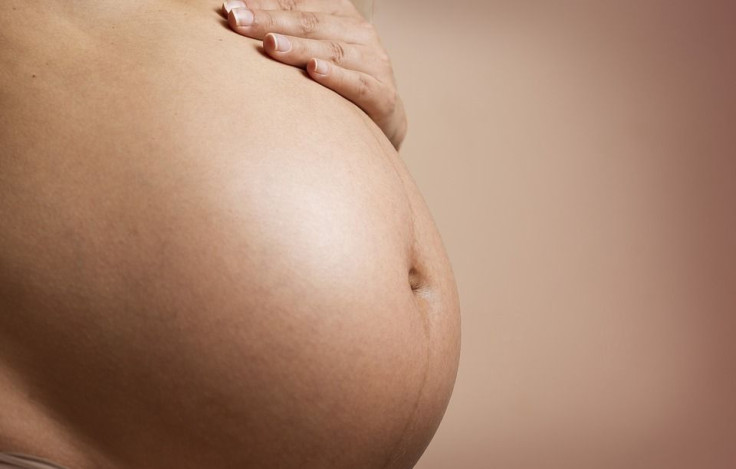Expecting Mother 'Allergic' To Her Baby As Painful Blisters Cover Her Pregnant Belly
KEY POINTS
- Red patches of skin on her belly felt like "nettle stings" that grew worse by the day
- Postpartum is when the blisters spread from the tummy to her chest, arms, and legs
- Fiona Hooker was diagnosed with Pemphigoid Gestationis, an autoimmune disease
An expecting mother who started noticing agonizing blisters and itchy red spots around the pregnant belly was shocked to discover that she was "allergic" to the fetus growing inside her.
Fiona Hooker from Hampshire, England, first noticed the inflamed skin around her stomach when she was 31 weeks into her pregnancy, Manchester Evening News reported. While the initial few months of the pregnancy was fine, the blisters appeared and got worse as her due date approached closer.
The red patches of skin felt like "nettle stings" on her pregnant belly and it only grew worse by the day, Fiona said.
"I went to the doctor after a few days because they were getting more and more itchy and unbearable," the 32-year-old told South West News Service. Fiona said she was prescribed a lot of steroid creams, none of which helped alleviate the itchiness and pain. But that was not the worst of it.
Postpartum is when the condition turned unbearable for the new mother. The inflamed skin and itchy rashes had turned into painful blisters that started spreading to other parts of her body, making it difficult for Fiona to even hold her newborn.
"It hurt a lot to even hold my son so I wasn't really able to enjoy the newborn stage because of it. When I was in labor I didn't feel a thing, I looked horrendous but it wasn't itchy at all," she told the Manchester Evening News. "But the postpartum bit when it exploded into blisters on my tummy, chest, arms, and legs - everywhere you would hold a baby - that was quite difficult."
Fiona was diagnosed with a rare autoimmune pregnancy condition known as Pemphigoid Gestationis (PG). It stemmed from her body's reaction to a gene in her baby’s DNA. It first attacked her immune system and later showed up on her skin.
PG is caused after the body produces antibodies that, after reacting with self-antigens and protein present in the skin, appear as fluid-filled painful patches. Fiona developed the condition during her second trimester but they can appear at any point during the pregnancy. The PG blisters are likely to shrink or fade away when the time of delivery approaches.













